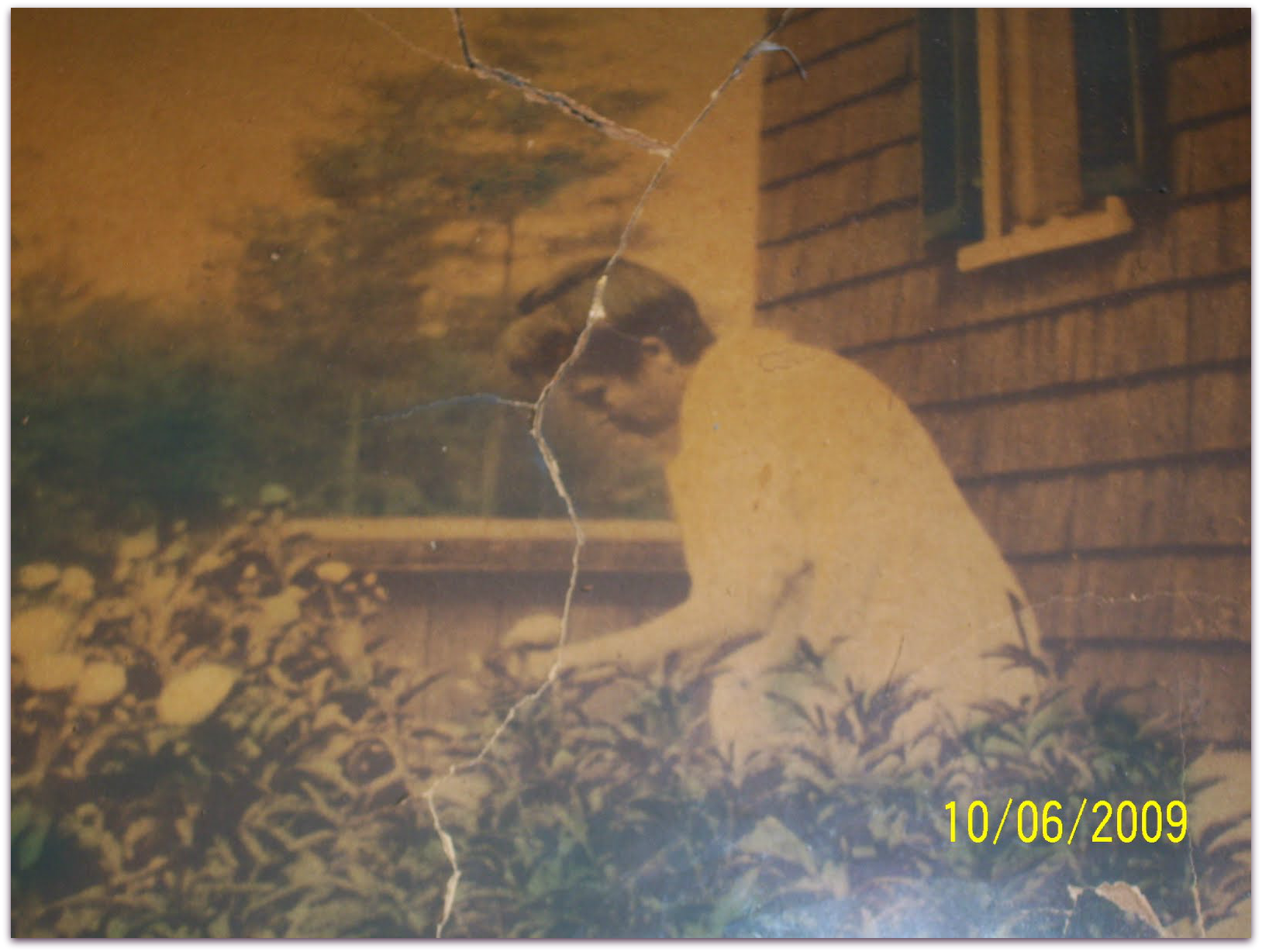Would you like to contribute something to your local genealogical society newsletter or a magazine? It’s easier than you think. All it takes is passion for the subject, and good grammar and punctuation. Here are a few tips to keep in mind as you get started: Read the submission guidelines Is the publication looking for shorter articles or longer ones?… Read More
The Importance of Radical Empathy with DNA Matches
In particularly sensitive situations, it’s a matter of non-paternity being “outed” by the test. What’s a genealogist to do in this situation?
Brick Wall or Research Question?
This year, I’ve decided it’s time to be more specific about exploring my brick wall ancestors, as well as those who aren’t brick walls, but leave me with questions. Sometimes, it’s easy to mix up the two. What we think is a brick wall might actually be a research question, one that’s easily answered if we focus on it. A… Read More
Transcripts vs. Original Records
Of course, all this research has involved digging deep into Italian records, using a combination of the FamilySearch catalog to find non-indexed records and the Antenati website, for those records to which FamilySearch currently restricts access.
Here’s a small reminder about why genealogists always strongly recommend you look for an original record or image of the original, instead of relying on transcriptions. Transcriptions can be handy, but incomplete, such as this one for the birth of one of my distant uncles…
The Eventful Existence of Edward Callaghan: How DNA Testing Bridged A Life Lived Across 3 Continents
Edward Callaghan lived quite an eventful life and the funny thing is I never knew that not only was he the ancestor of an elementary school friend of mine, but would also become the ancestor of one my children. I’ve tried for months to sum up his life. We’ll see if I succeed this time. My husband’s dad’s 1st cousin… Read More
Genealogy Goals
In January of 2019, I put out the declaration that 2019 would be the year I found Great-Great Grandma Emma. After 26 years of searching for her place of birth without luck, that was a pretty bold thing to say. Especially since I did everything wrong in 2019. Here’s what we can all learn from my mistakes: Set a Specific… Read More
- « Previous Page
- 1
- …
- 5
- 6
- 7
- 8
- Next Page »





